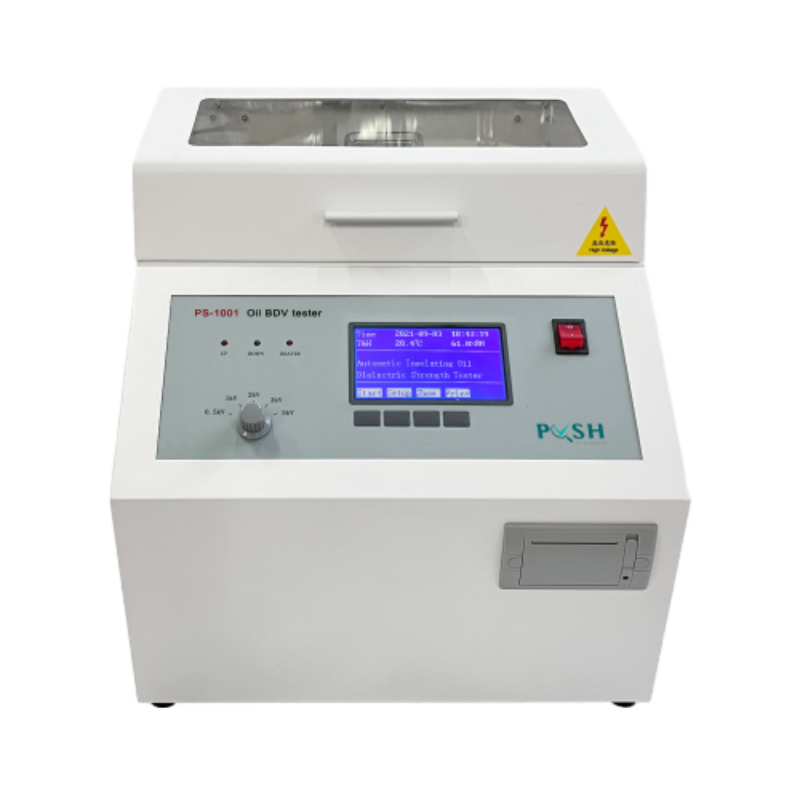 English
English


Understanding the Importance of Hipot Testing Equipment for Electrical Safety Compliance
Understanding Hipot Test Equipment Ensuring Safety and Compliance
Hipot testing, short for High Potential testing, is a critical process in the electrical industry that ensures the safety and reliability of electrical devices. The primary function of hipot test equipment is to determine whether an electrical insulation system can withstand high voltages without breaking down. This testing is essential in various applications, including manufacturing, quality assurance, and compliance with regulatory standards.
What is Hipot Testing?
Hipot testing involves applying a high voltage, typically significantly higher than the normal operating voltage, between the current-carrying conductors and the grounding or insulation of a device. By exposing the product to these elevated voltages during the test, manufacturers can identify potential insulation failures or weaknesses that could lead to short circuits, electrical shock, or equipment malfunction in real-world applications.
There are several types of hipot tests, including
1. Dielectric Withstand Test This test applies a specified voltage for a set duration, typically 1 minute, to check if the insulation can endure it without any breakdown. 2. Insulation Resistance Test Instead of continuous application of high voltage, this test measures the resistance of the insulation at a lower specified voltage, usually 500V or 1000V.
3. Alternate Current (AC) and Direct Current (DC) Testing Depending on the application, either AC or DC can be used in a hipot test, with AC being common for dielectric withstand tests and DC often used for insulation resistance tests.
The Importance of Hipot Testing
hipot test equipment

Ensuring electrical safety is a paramount concern across various industries, including electronics, automotive, medical devices, and consumer appliances. Failure to conduct adequate hipot testing can lead to severe consequences—ranging from reduced product life to catastrophic safety failures. Regulatory agencies, such as UL (Underwriters Laboratories) and IEC (International Electrotechnical Commission), require that devices meet stringent safety standards, making hipot testing not just a best practice but a regulatory necessity.
For manufacturers, implementing regular hipot testing can prevent costly recalls, enhance product reliability, and build consumer trust. Moreover, a successful hipot test can serve as a certification of safety for products, facilitating their entry into competitive markets where safety compliance is crucial.
Choosing the Right Hipot Test Equipment
When selecting hipot test equipment, manufacturers should consider factors such as
- Voltage Levels Ensuring the equipment can handle the specific voltage requirements for the testing is crucial. - Test Duration Some applications may require longer test durations, so adjustable settings are preferable. - Safety Features Equipment should include features like automatic shut-off, grounding indicators, and fault indicators to ensure user safety during operations. - Ease of Use and Portability Depending on the testing environment, lightweight, portable equipment may be more suited for field testing as opposed to heavier bench-mounted systems. - Data Logging and Reporting Modern hipot testers often come with data logging capabilities that allow manufacturers to track test results over time, aiding in compliance and quality assurance.
Conclusion
Hipot test equipment plays a vital role in maintaining electrical safety standards in various industries. By ensuring electrical devices can withstand potential overvoltage scenarios, manufacturers protect end-users and themselves from the risks associated with electrical failure. Investing in high-quality hipot test equipment and adhering to proper testing protocols is not only a matter of regulatory compliance but also a commitment to safety and reliability in an increasingly electrified world.
-
Differences between open cup flash point tester and closed cup flash point testerNewsOct.31,2024
-
The Reliable Load Tap ChangerNewsOct.23,2024
-
The Essential Guide to Hipot TestersNewsOct.23,2024
-
The Digital Insulation TesterNewsOct.23,2024
-
The Best Earth Loop Impedance Tester for SaleNewsOct.23,2024
-
Tan Delta Tester--The Essential Tool for Electrical Insulation TestingNewsOct.23,2024





